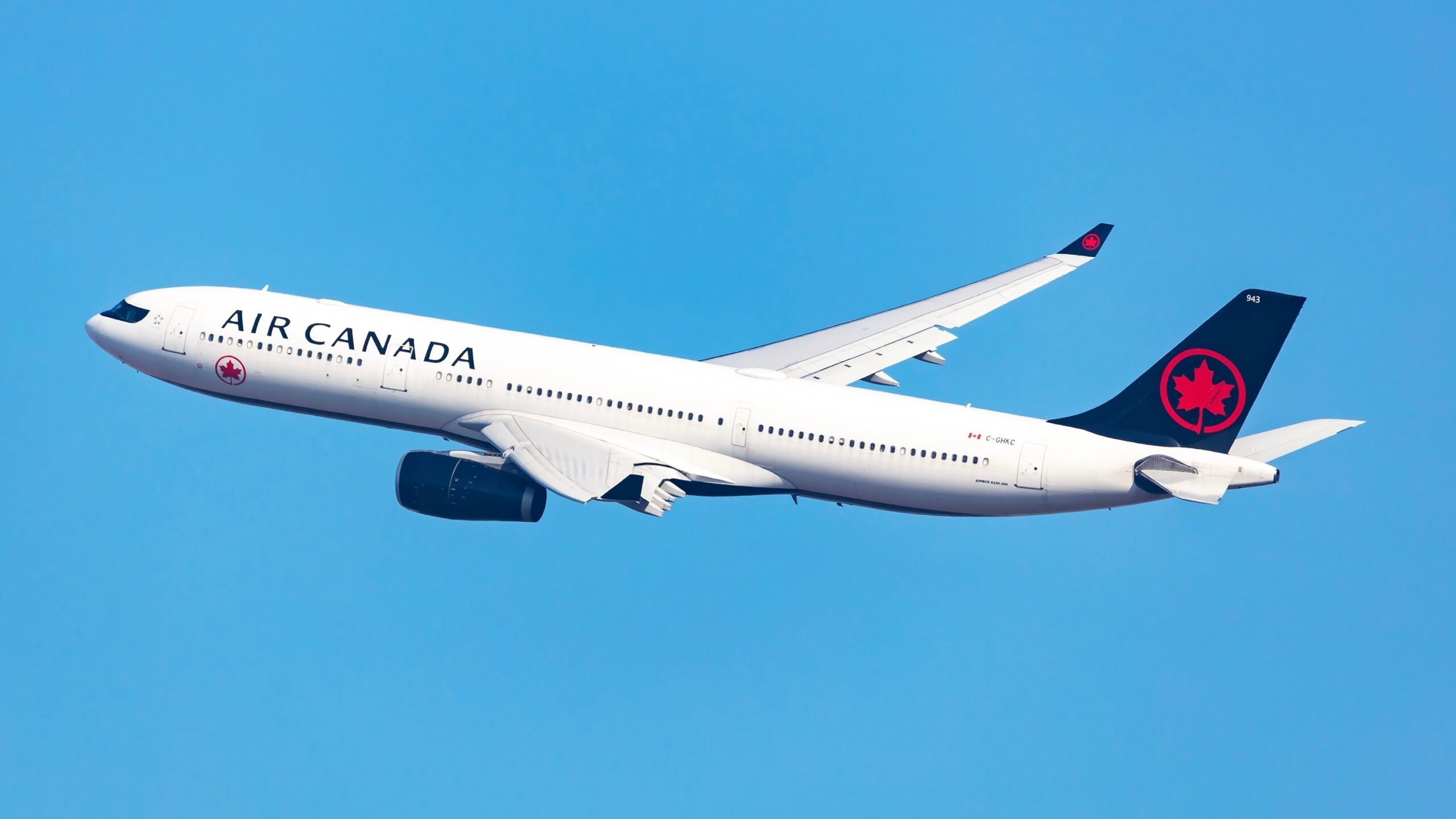Summary
- Air Canada’s System Operations Control is like NASA’s launch control, monitoring all flights worldwide.
- Flight dispatchers handle route planning and in-flight weather updates, requiring quick problem-solving skills.
- SOC staff must handle weight/balance, crew scheduling, and crisis management, with key decisions made by a small team.
Earlier this week, Simple Flying visited Air Canada’s System Operations Control in Brampton, Ontario. Air Canada says this facility is like NASA’s launch control, where all of the airline’s flights are monitored.
The center of it all
System Operations Control (SOC) is practically the brain of the airline’s flights, where teams from several departments plan all of Air Canada’s flights worldwide. The center runs 24/7 and has support from different locations worldwide, but ultimately, any delay greater than ten minutes leads to decision-making at the SOC. Staff at the SOC oversee aircraft weight and balance, crew scheduling, dispatching, and more. They also monitor anything that can affect air travel, like weather, natural disasters, and current events.
Photo: AK Hiraki | Simple Flying
Flight dispatchers have two primary roles. First, dispatchers plan the aircraft’s route on the day of the flight, taking into account the weather, airspace closures, and operational restrictions. Second, dispatchers follow flights once they are in the air and maintain contact with the crew, advising them of any weather changes that may require a change in route. Staff told Simple Flying that a dispatcher’s role is often reactive and involves a lot of problem-solving. Additionally, dispatchers start with domestic operations and can move into international, if they receive separate certifications.
Flight operations is crew scheduling, making sure that flights are staffed. This team is more constrained when changes happen because pilots are licensed to fly specific aircraft, so not any pilot can jump in. There are several more roles at the SOC, like cargo network control, which manages inventory globally, and maintenance planning, which organize all aspects of aircraft maintenance.
Weight and balance has three crucial parts: the weighing of the aircraft, the maintaining of the weight and balance records, and the proper loading of the aircraft. At the SOC there is a team that oversees this process, and uses cultural and operational contexts to make decisions. For example, markets with heavier corporate travel tend to have less luggage.
The planning unit makes the main decisions. There are only four people who can decide to delay a flight for more than ten minutes: the operations control manager, crew network manager, passenger movement manager, and aircraft routing manager.
Dealing with challenges
Staff at the SOC told Simple Flying that one of the strangest periods was during the COVID-19 pandemic. At the time, requirements and restrictions were ever-changing, which limited planning ahead and resulted in a lot of crisis management. There was a scenario in which a Europe-bound flight had restrictions change in midair, and the SOC had to decide whether to make the plane turn around or not.
In the event of emergencies, the SOC has plenty of fail-safe plans, including being connected to two separate power grids, one in Brampton and the other in Mississauga. Should power be lost, the center is equipped with three generators programmed to turn on within five seconds and have enough capacity to keep the center running for five to seven days. In a worse scenario, there is a disaster recovery site, nicknamed ‘The Cottage’, that can house up to 120 desks and is usually not used.


